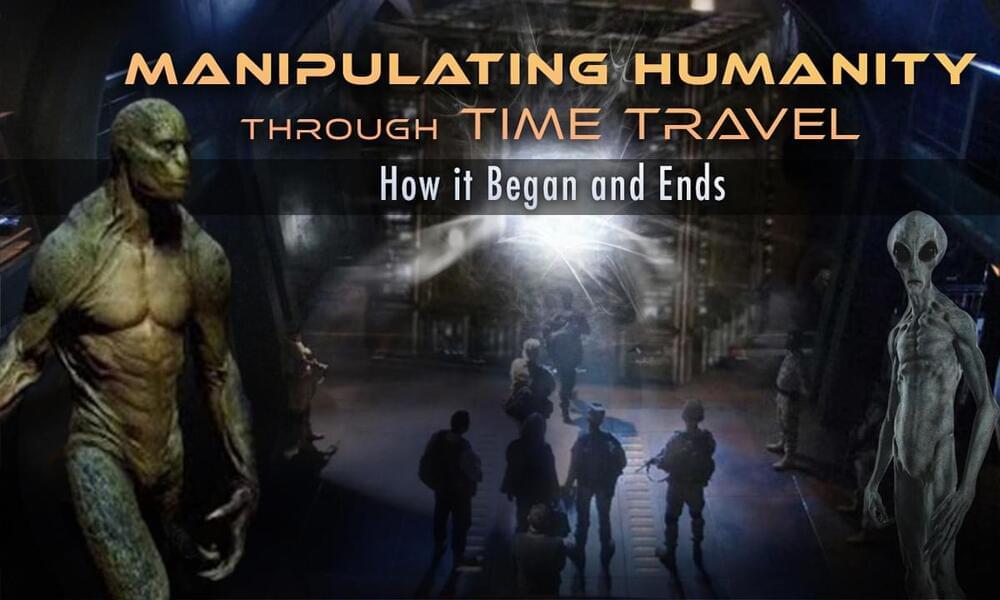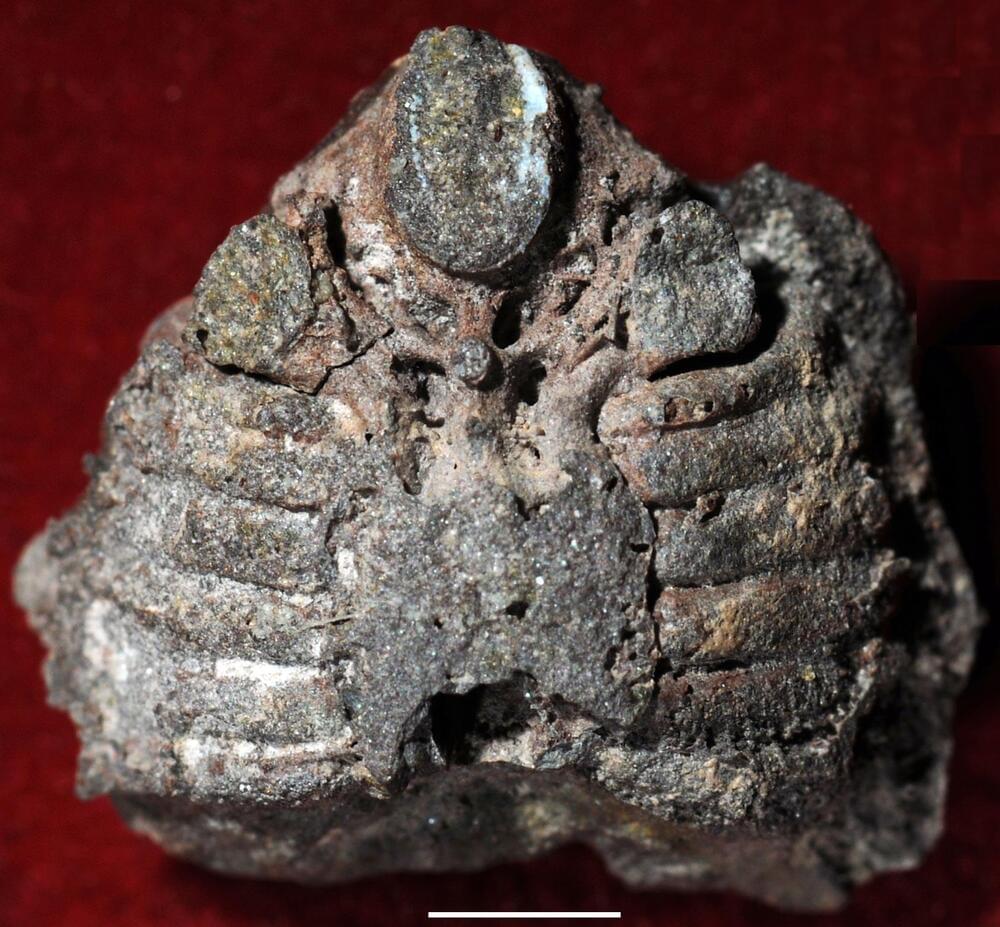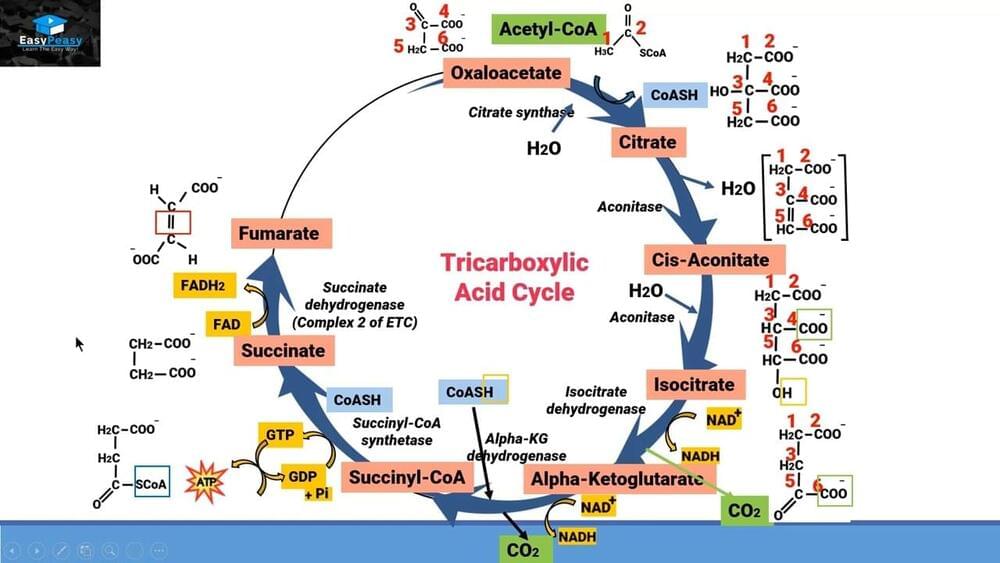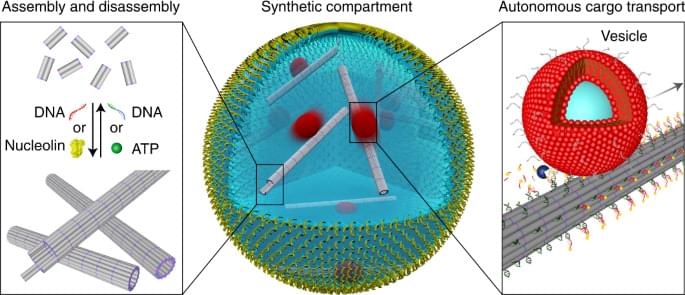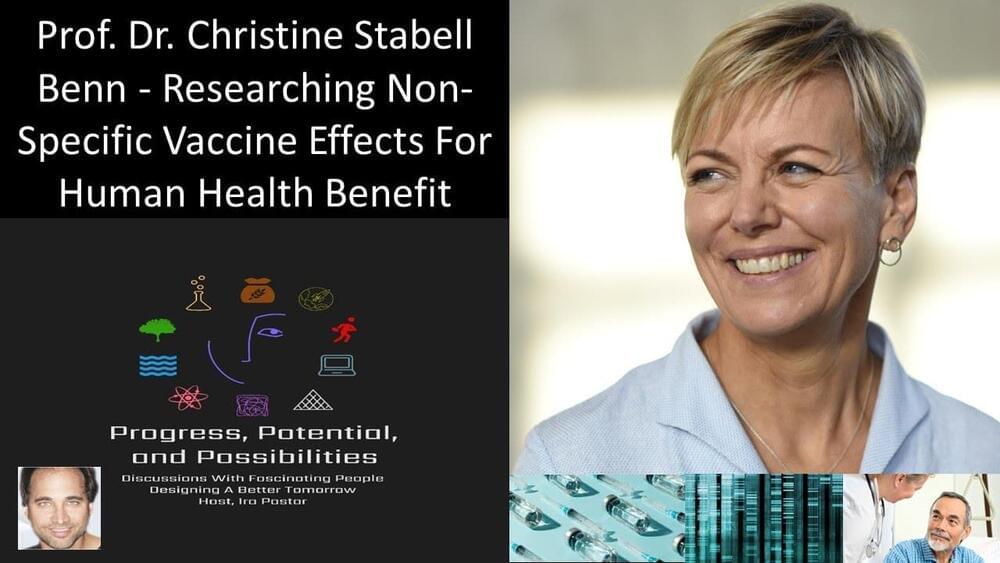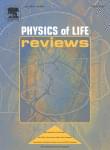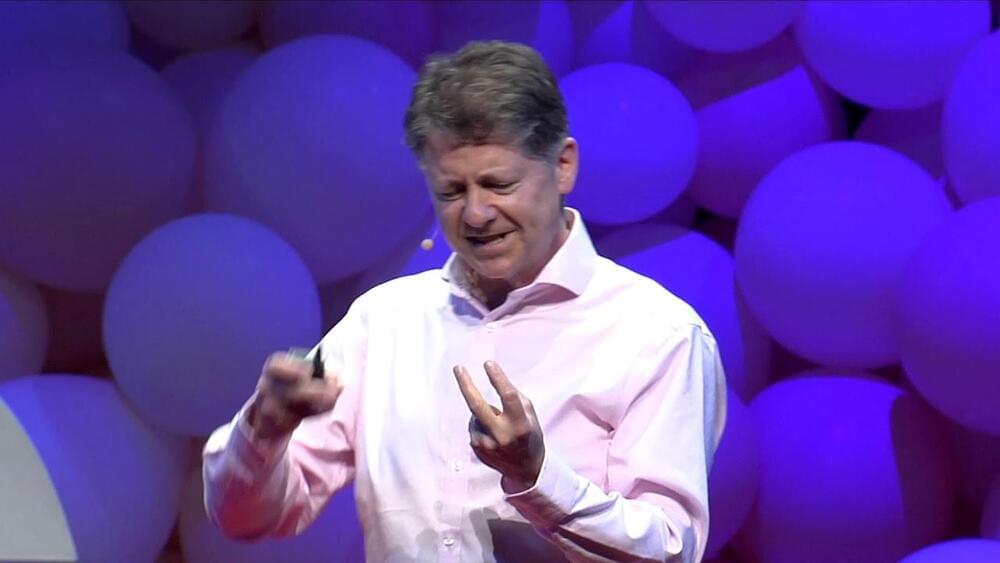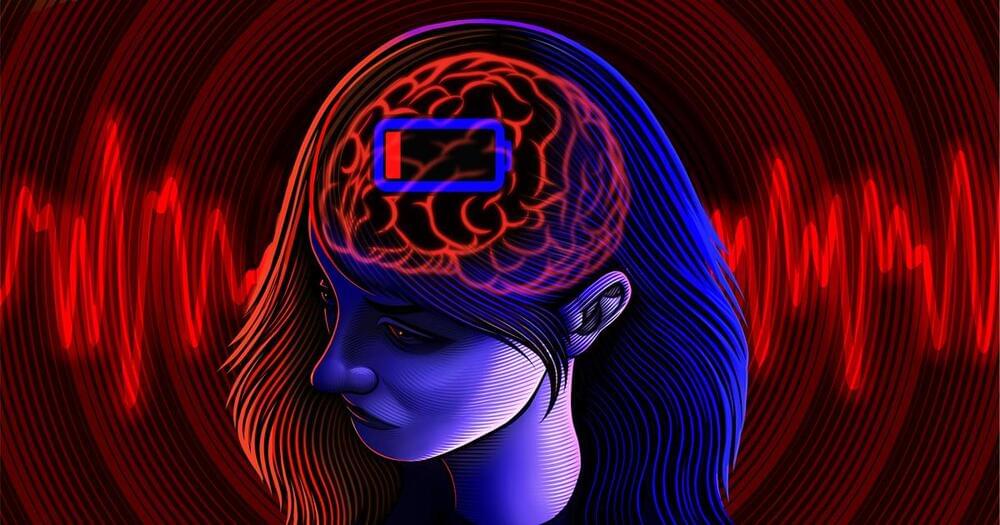
When our phones and computers run out of power, their glowing screens go dark and they die a sort of digital death. But switch them to low-power mode to conserve energy, and they cut expendable operations to keep basic processes humming along until their batteries can be recharged.
Our energy-intensive brain needs to keep its lights on too. Brain cells depend primarily on steady deliveries of the sugar glucose, which they convert to adenosine triphosphate (ATP) to fuel their information processing. When we’re a little hungry, our brain usually doesn’t change its energy consumption much. But given that humans and other animals have historically faced the threat of long periods of starvation, sometimes seasonally, scientists have wondered whether brains might have their own kind of low-power mode for emergencies.
Now, in a paper published in Neuron in January, neuroscientists in Nathalie Rochefort’s lab at the University of Edinburgh have revealed an energy-saving strategy in the visual systems of mice. They found that when mice were deprived of sufficient food for weeks at a time — long enough for them to lose 15%-20% of their typical healthy weight — neurons in the visual cortex reduced the amount of ATP used at their synapses by a sizable 29%.

